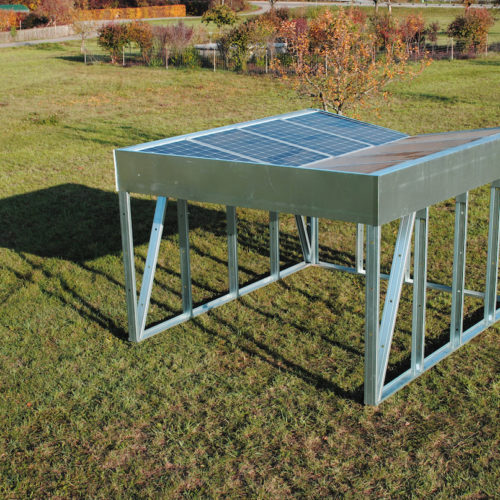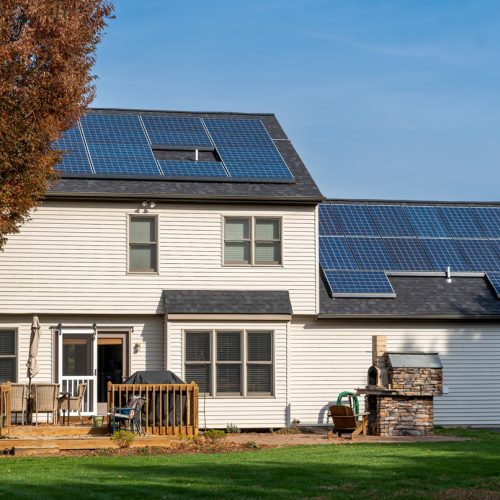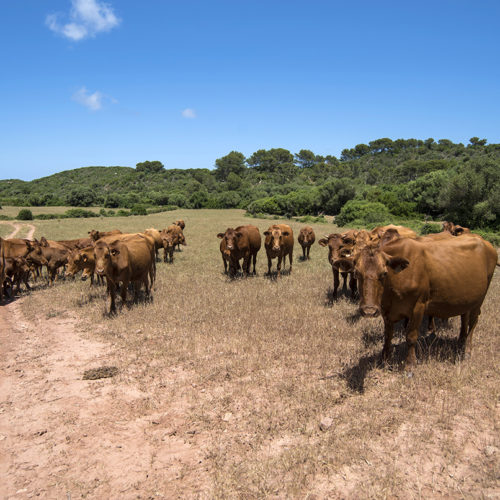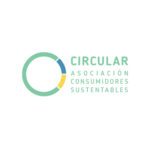We know that thinking about overshoot can be overwhelming—we’re right there with you. First, we should mention that we’re not ecological resource- or climate-“doom-and-gloom” people. We’re also not over-optimistic, “change-your-lightbulbs-and-we’ll-be-OK” types, either. We assess honestly, with open eyes what is, so we can identify the most effective possibilities.
There is no downside to better understanding what shapes our future, whether you are a country, a city, a company or just a household.
Individuals have the power to better their homes and communities. The greatest potential for large-scale impact lies with governments and businesses who align their policies and strategies with the reality of our finite planet.
More precisely, immense #PowerOfPossibility can be found in the countless existing solutions that can be implemented at scale. They make us more resilient in a time of overshoot. They also improve the situation for everyone else as they #MoveTheDate of Earth Overshoot Day.
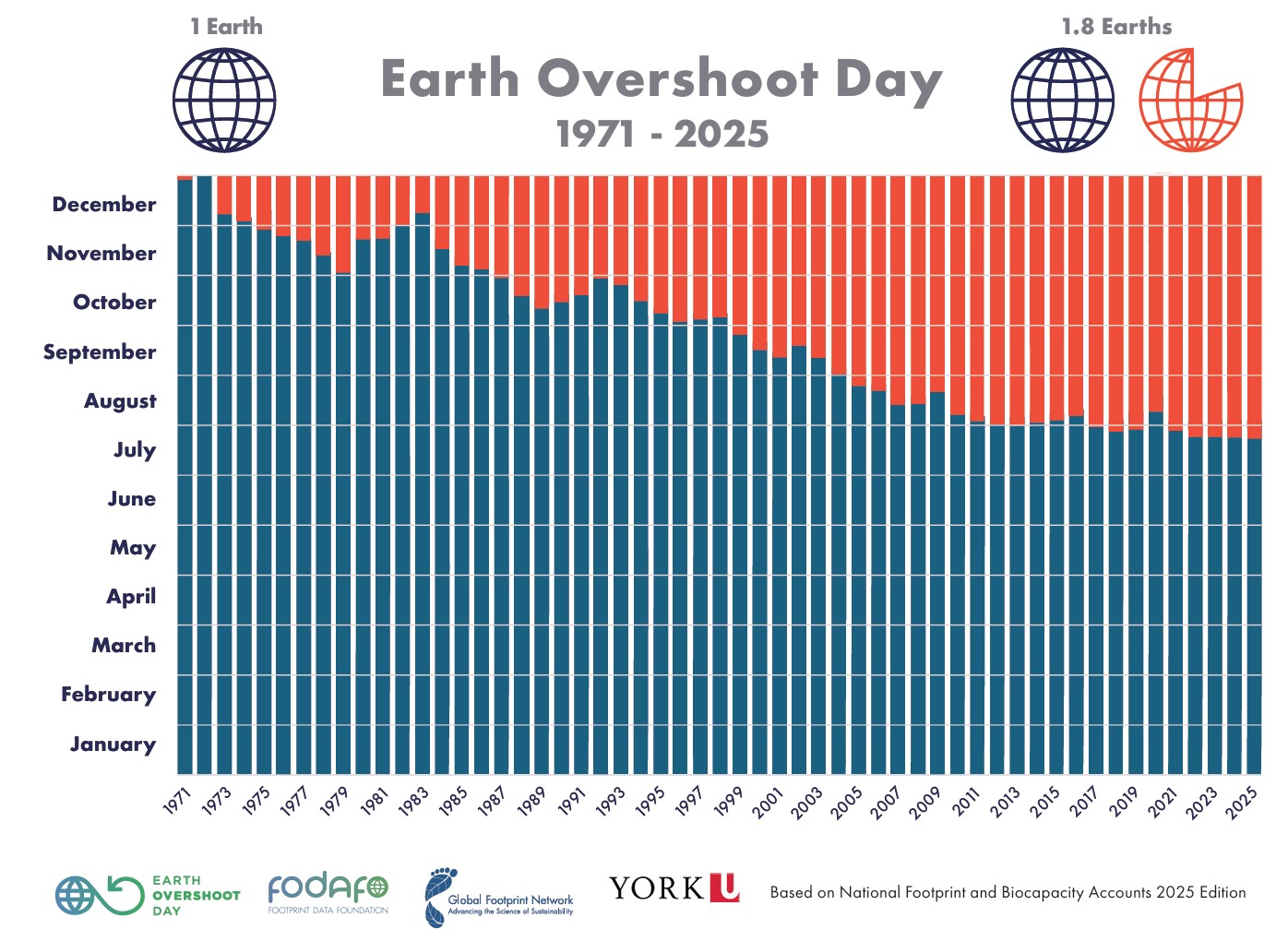
Earth Overshoot Day is computed by dividing the planet’s biocapacity (the amount of ecological resources Earth is able to generate that year), by humanity’s Ecological Footprint (humanity’s demand for that year), and multiplying by 365, the number of days in a year.
How does this year’s date compare to that of previous years?
Explore Solutions to #MoveTheDate
Thriving lives within the means of our planet are not out of reach. Plenty of solutions exist in five major areas
for improving sustainability: planet, cities, energy, food, and population.
The #MoveTheDate Solutions map is your go-to place to post and browse relevant information about active projects (“solutions”) that contribute to bringing human activity in balance with Earth’s ecological budget. This means moving the date of Earth Overshoot Day to December 31 or later.
Explore the map to find solutions that have been implemented in your country, or create an account and add a solution that you love.
Earth Overshoot Day By the Numbers
Meet our partners
Earth Overshoot Day is an initiative of Global Footprint Network, an international research organization that is changing the way the world measures and manages its natural resources. The date of Earth Overshoot Day is calculated with National Footprint and Biocapacity Accounts data, available for free at data.footprintnetwork.org.






